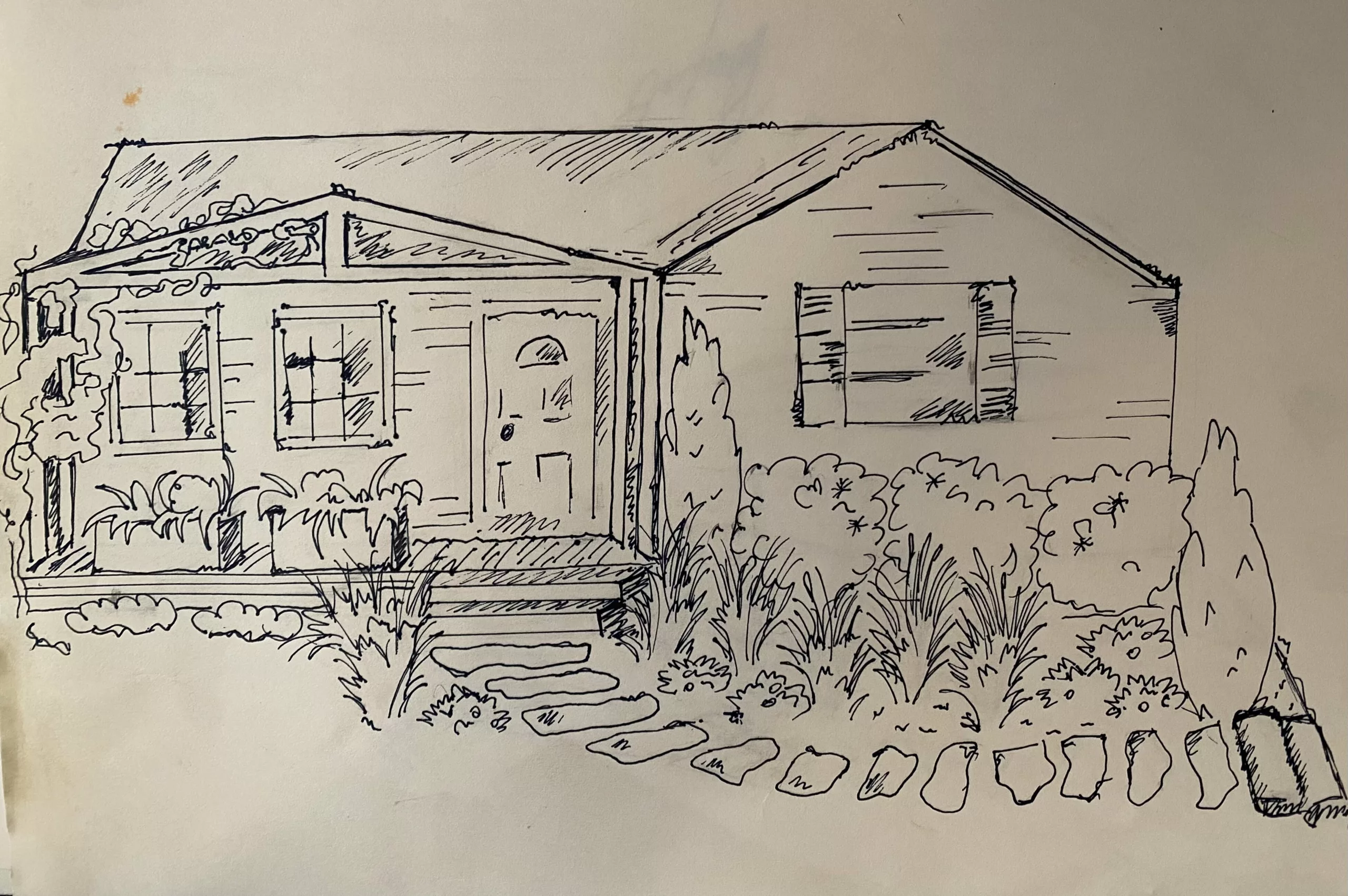Need ideas for a drought tolerant landscape design? If so, you’re in the right place. Here are a few ideas you can incorporate into your landscape. Use as many ideas as you can to make things interesting and attractive.
Look for Plants
For a drought-tolerant landscape, you will need drought-tolerant plants. Lucky for you, there’s a wide variety of plants in the market that can survive with little water. Wondering how you know it’s a drought-tolerant plant? Well, these plants hide beneath a coat of silver or grey.
For instance, Santolina, dusty miller, lavender, and lamb’s ears. Yes, they are all grey and store water to survive in a drought.
Add Some Grass
You’ll want to start by adding some attractive grass, so your garden looks fuller. Ornamental grasses are a great design idea for drought tolerant landscapes. Ornamental grasses come in both tall and short sizes. Their bushy, upright, and splaying look is what attracts most people.
They look fantastic if you plant them in bunches, so choose the right place for them in your lovely garden. For a more pleasant and professionally-designed garden look, you can pair the grass with rocks. Use sustainable gardening tools set to incorporate different grasses into your landscape.
If you want to add a variety of grasses to your garden, here are a few ideas.
- Hybrid Bermuda grass
- Bentgrass
- Buffalo grass
- Seashore paspalum
- St. Augustine grass
- Zoysia grass
- Common Bermuda grass
- Kikuyu grass
- Kentucky bluegrass
- Ryegrass
- Tall and red fescues
Save Up Some Water
The absolute best idea for drought tolerant landscape designs is to save your own water. Purchase eco-friendly rain barrels and collect rainwater in them. You can place your barrel near the gutter sprout so that it fills quickly.
Try to keep two or three rain barrels in your garden so you can save water when it rains. Use the water when your garden needs some help to thrive.
Make Borders with Succulent to Beautify the Garden
A common misconception is that a drought-tolerant garden would have drab-looking plants, but that’s not true. Besides some colorful grass, succulents can give your landscape a unique ambiance.
You can also pair them with perennials, such as Gaillardia, Anigozanthos, and Savia Divinorum. Or, you can pair some native plants with these grasses. They create a more unified look by complementing each other. It’s a great way to give your garden a pop of color.
Benefit from Mosses and Shrubs
The best part of shrubs and mosses is that once you install them, they don’t need much water. And to retain moisture in the soil, you can add mulch. This ensures that your drought-resistant landscape has the right soil for your plants to thrive.
Other things you can add are pavers and thyme, which complement each other during every drought time. Use an eco-friendly shovel to add these evergreen things to your landscape.
Opt for Organic Compost
Organic compost can give your drought-tolerant landscape a boost. That’s because they’re packed with nutrients and moisture. When there’s a drought, and you’ve used up all the water you saved, compost can save your plants from dry spells. Choosing the right organic compost will keep your plants moist for a much longer time. They will also help to retain moisture in the soil, which is useful for transferring moisture to roots. Organic compost works in a similar way to a sponge. They absorb water, retain it, and keep a steady moisture level in their surroundings.
Add Some Rocks to the Landscape
(Source)
The easiest way to beautify a landscape is with rocks. They also reduce the surface area that’s exposed to the sun. There are several types of rocks that you can incorporate into a landscape, such as:
- Crushed Decorative Gravel
- Boulders
- Decomposed Granite (DG)
- Lava Rock
- Pea Gravel
- Graffiti
- Cobbles
- River Rock
- Mexican beach pebbles
- Rubble & Rip Rap
You can add these rocks to different parts of your landscape. In fact, use these rocks for empty spaces in your garden, yard, or other landscape. This is a great idea for people struggling to determine what plant or grass will work for the landscape. You can also cover bigger areas with stones and add a few plants here and there to create an attractive look.
Bottom Line
A drought-tolerant landscape requires you to do some planning before you add any plant or grass to it. Also, make sure to pick eco-friendly products to keep your landscape sustainable.







